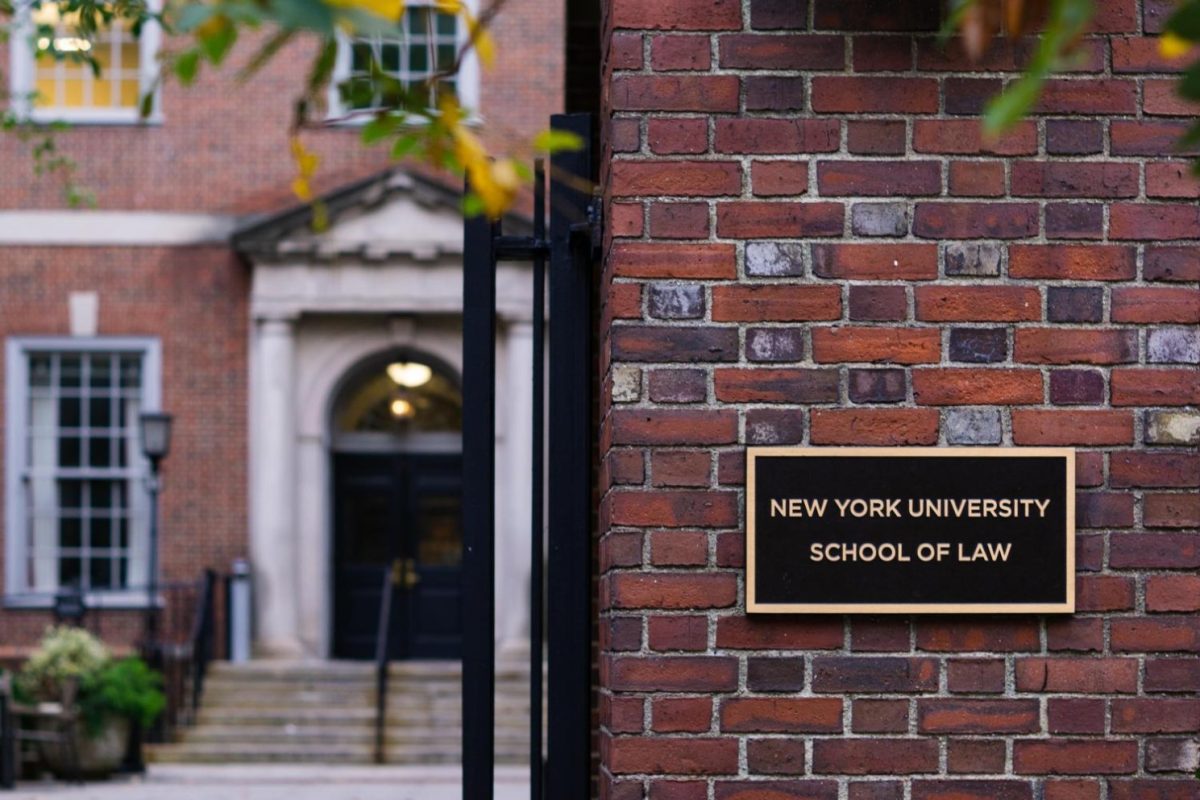Every year, up to 12 second and third-year law students work at the School of Law’s Immigrant Rights Clinic — a yearlong course where students provide legal representation in immigration cases for both individuals and community organizations.
The students take on local and federal cases, including some at the U.S. Supreme Court level, mainly focusing on the intersection of immigration and criminal law, deportation defense and immigrant rights litigation. More recently, the IRC represented Lincoln Junior Smith in an appeal to a six-year-long deportation case, arguing that a crime he had previously been convicted of had wrongly been deemed an aggravated felony. The IRC won the appeal, and Smith will now be able to have an immigration judge hear his case.
Three IRC students, Aidan Langston, Keiana James and Lily Gutterman, argued Smith’s case before a panel of three judges in October 2022. The court released its decision a year later, and found that Smith’s offense did not constitute an aggravated felony.
“These are individuals who have fought so hard for themselves and suffered so much and been through so much,” Langston said in an interview with WSN. “It almost feels like it’s just icing on top of the cake that we also get all this great experience and learning and come out of law school much better prepared to be immigration lawyers.”
IRC students have also represented deported immigrants’ rights activists, asylum seekers and several longtime residents who faced mandatory deportation due to single offenses.
Although the IRC has seen success in a number of immigration cases, the clinic’s low capacity also means it’s not able to represent a large client base. Nancy Morawetz, the co-director of the IRC and a clinical law professor, said the main reason why the program takes very few cases is due to the cases’ complexity and the clinic’s mission of choosing cases it believes will advance immigration rights.
Gabriela MacPherson, an NYU Law student who is currently at the clinic, said that advocacy isn’t accessible to everyone and that the IRC’s limited client base and eligibility rules limit its reach.
“It’s really a shame that the system creates this circumstance where people who are in dire need are not seen as being in that much dire need,” MacPherson said in an interview with WSN. “It’s unfortunate that we have to work within that system sometimes and try to garner support for our clients even though we know that not everyone is able to access that support.”
As of December 2022, the backlog of asylum cases in U.S. immigration courts was at over 800,000, with wait times for hearings averaging more than than four years, according to a January 2023 report from Transactional Records Access Clearinghouse. Langston said the clinic allows lawyers to dedicate most of their attention to a small number of cases, which is not always possible for other immigration attorneys.
“It’s awesome to be able to do really in-depth representation — really throw everything at a case in a way that may not be possible if a lawyer had 20 cases,” Langston said. “You’re not going to be able to pour all of your energy into one. Whereas in the clinic, you really can because you have one or two cases at a time.”
Contact Mariapaula Gonzalez at [email protected].






















































































































































